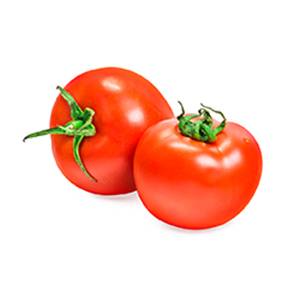- No. 268 Xianghe Street, Economic Development Zone of Xingtai city, Hebei 054001 China
- Byron@hbhongri.cn
Exploring the Flavor and Uses of Spicy Paprika Powder in Your Cooking
The Vibrant World of Spicy Paprika Powder
Paprika has long been a cherished spice in kitchens around the world, but spicy paprika powder, in particular, has gained a well-deserved reputation for its bold flavor and versatility. This stunning red spice, derived from ground bell peppers and other chili varieties, not only adds depth to dishes but also brings warmth and a kick that can elevate any meal. Let us delve into the origins, types, culinary uses, and health benefits of spicy paprika powder.
Origins of Paprika
Paprika has a rich history, tracing its roots back to Central America where the Capsicum annuum species first flourished. Spanish explorers brought this vibrant spice back to Europe in the 16th century, where it quickly became established in countries such as Hungary and Spain. The Hungarian version, which is typically spicier, is often made from red peppers dried under the sun, contributing to its deeply aromatic quality. Spain, on the other hand, offers a variety of paprikas with a range of flavors, from sweet to smoky, which are integral to its culinary identity.
Types of Spicy Paprika Powder
When it comes to spicy paprika powder, it’s important to highlight the various types available. Hungarian paprika is renowned for its potency, ranging from sweet to hot varieties. The hot paprika is ideal for those seeking a fiery punch in their dishes. Spanish paprika, known as pimentón, comes in three main forms dulce (sweet), agridulce (bittersweet), and picante (hot). The latter offers a pleasant heat that can transform recipes, making it popular in dishes such as chorizo and traditional Spanish stews.
Culinary Uses
spicy paprika powder

The versatility of spicy paprika powder is one of its most appealing attributes. It can be used in a myriad of dishes, providing not just heat but also a vibrant color that makes food visually appealing. In Hungarian cuisine, it is the key ingredient in goulash, imparting a beautiful red hue and complex flavor to the dish. In Spanish cooking, pimentón is essential for making richly flavored paellas and smoky sauces.
Beyond these traditional uses, spicy paprika powder can be sprinkled on roasted vegetables, added to marinades for meats, or mixed into soups and stews for an unexpected twist. Its ability to complement both savory and sweet dishes makes it a staple in spice racks around the world. Whether you're whipping up a classic deviled egg recipe or experimenting with a new barbecue rub, incorporating spicy paprika can elevate the dish to new heights.
Health Benefits
In addition to its culinary appeal, spicy paprika powder also boasts several health benefits. Rich in antioxidants, particularly vitamin A and vitamin E, paprika contributes to overall health by combating oxidative stress in the body. The capsaicin present in spicy varieties has been linked to improved metabolism, aiding in weight management. Furthermore, paprika can enhance circulation and has anti-inflammatory properties, making it a beneficial addition to a balanced diet.
Conclusion
Spicy paprika powder is more than just a simple spice; it is a vibrant embodiment of culinary tradition that transcends borders. From its origins in Central America to its prominence in European cuisines, it enriches dishes with warmth, flavor, and a splash of color. Whether you are a seasoned chef or a home cook, embracing spicy paprika can bring an exciting twist to your everyday meals. So, next time you reach for your spice rack, don't overlook this dynamic powder that promises to delight your palate and ignite your culinary creativity.
-
Turmeric Rhizome Powder: A Golden Treasure from Roots to TableNewsJul.28,2025
-
The Versatile Application Of Crushed Red Hot Peppers: Lighting Up The Red Flames On The Dining TableNewsJul.28,2025
-
The Paprika: A Touch Of Vibrant Red In Color, Flavor, And CultureNewsJul.28,2025
-
Ground Turmeric: A Modern Examination of an Ancient SpiceNewsJul.28,2025
-
Capsicum Liquid Extract: Features, Applications, and ChallengesNewsJul.28,2025
-
Application of Capsicum Liquid Extract in FoodNewsJul.28,2025







